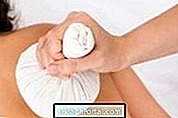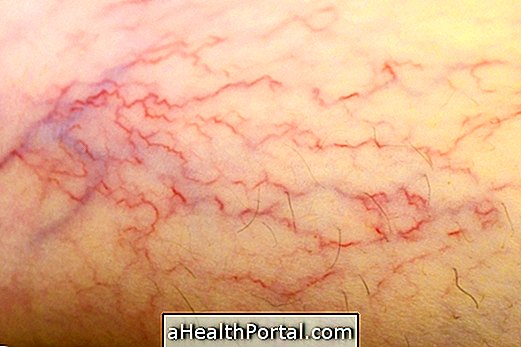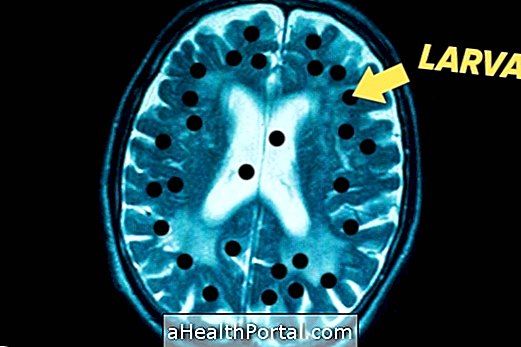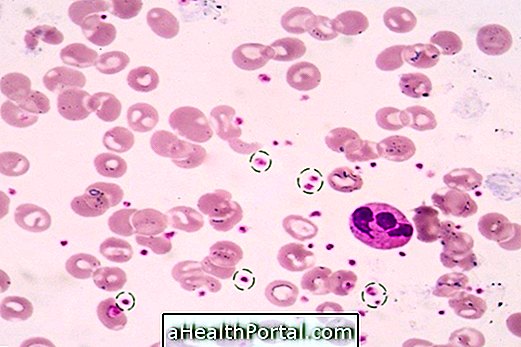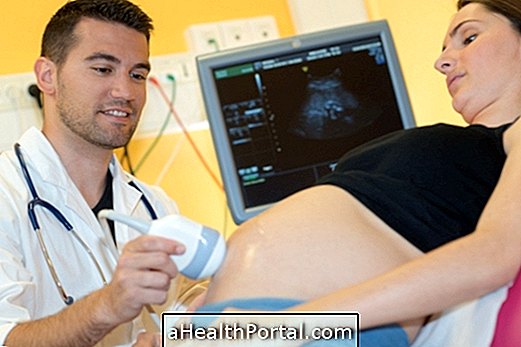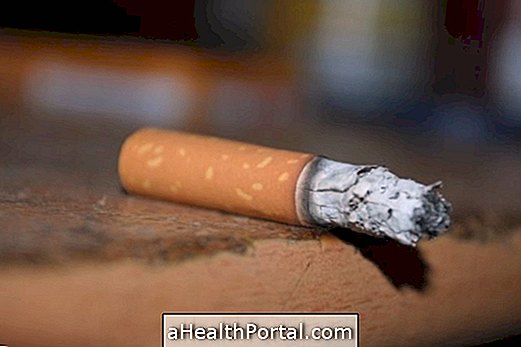The heart pacemaker is a small device placed surgically near the heart or below the breast to regulate the heartbeat when it is compromised. The pacemaker monitors the heart continuously and identifies irregular, slow or interrupted heartbeats, sending an electrical stimulus to the heart and regularizing the heartbeat.
The pacemaker works on batteries, which last an average of 5 years, but there are cases in which the duration is shorter. Whenever the battery is near the end, it should be replaced with a small local surgery.
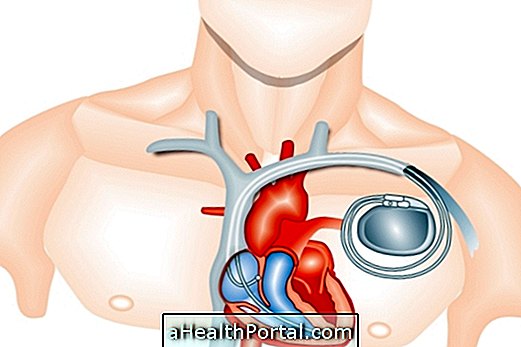
The pacemaker may be temporary when placed only for a period of time to treat cardiac change caused by medication overdose, for example, or definitive, which is put to control long-term problems such as sinus node disease, for example.
People who have a pacemaker in their breasts can have a normal life, only avoiding great efforts in the first 3 months after their placement, however when entering a gym, whenever you go to a medical appointment of any specialty or if you do physiotherapy should mention that it has the pacemaker, because this device may suffer interference in the proximity of some machines.
How Pacemaker Surgery Is Done
The surgery for placement of the cardiac pacemaker is simple and fast. It is done under general anesthesia, but supplemental sedation can be given to the patient to be more comfortable during the procedure. A small cut is made in the chest or abdomen to place the device, which consists of two wires, called electrodes, and a generator or battery. The generator is responsible for giving energy and allowing the operation of the electrodes, which is to identify any change in heart rate and generate impulses to regulate the heartbeat.
The pacemaker implementation is indicated by the cardiologist when the person has any disease that causes a decrease in heart rate, such as sinus node disease, atrioventricular block, carotid sinus hypersensitivity or others that affect the regularity of heart beats. Understand more about sinus bradycardia and what the main symptoms are.
Care after surgery
As it is a simple procedure, the person can go home the day after the surgery. However, it is important to rest in the first month and consult the cardiologist regularly. In addition, it is important to avoid blows to the device, avoid sudden movements involving the arm on the side where the pacemaker has been placed, stay about 2m away from the connected microwave and avoid using the cell phone on the same side as the pacemaker. See how life is after the pacemaker's placement and the care you must take with the device.
